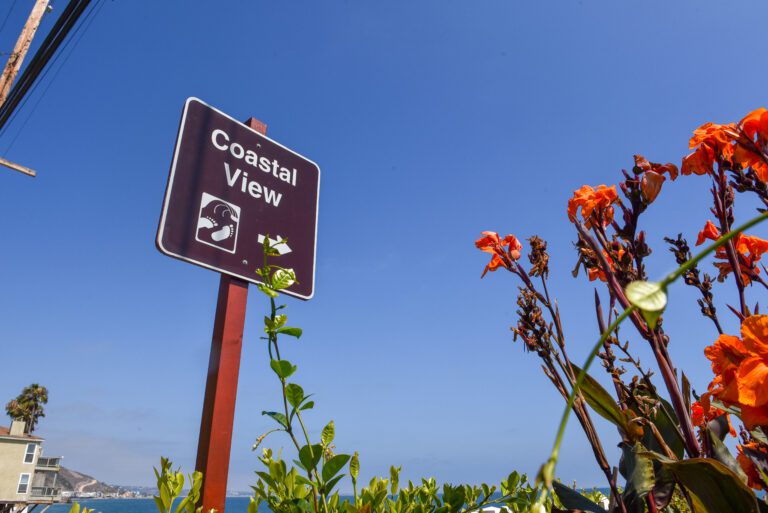
Although officials were aware of DDT ocean dumping, its full extent was unknown until just-released studies
Back in 2021, a research vessel led by the Scripps Institution of Oceanography began gathering sonar images of the ocean floor for the first time near Catalina Island, hoping to map the locations of leaking underwater DDT waste barrels dumped on the ocean floor decades ago. The researchers hoped to document for the first time just how many old DDT containers were there, using two deep-sea robots to get the images.
“They were quickly overwhelmed,” the Los Angeles Times reported. “It was like trying to count stars in the Milky Way.” There were thousands of barrels of the dangerous insecticide — as many as half a million.
After the shock of the initial discovery, $5.6 million in research money was allocated by Congress with influence from Sen. Dianne Feinstein (D-CA), and numerous agencies, scientists, and environmental nonprofits joined together to study the extent of the contamination. An additional $5.2 million will be distributed this summer to fund 18 more months of research. Even though DDT is known to have toxic effects, it’s never been monitored in the ocean environment.
The results of scientific studies conducted since 2021 are now being shared among numerous agencies. The critical questions the researchers are trying to answer first are, “Is the contamination moving? And is it moving in a way that threatens the marine environment or human health?” In addition, scientists are trying to figure out how to clean up contaminated underwater areas. They do know that significant amounts of DDT-related compounds continue to accumulate in local dolphin populations, and are linked by a recent study to an aggressive cancer in sea lions.
Much of the dumping occurred back in the 1940s and 1950s, and scientists now strongly suspect that DDT is a “forever” chemical that never really breaks down. They say it remains potent in high concentrations covering the ocean floor over an area the size of San Francisco, about 3,000 feet underwater.
“It’s not breaking down the way that [we] once thought it should,” UC Santa Barbara scientist David Valentine told the LA Times.
Other scientists have been mapping the DDT “hot spots” and collecting samples of the seafloor between the LA coast and Catalina.
When the core samples are analyzed, the most concentrated layer of DDT is only about six centimeters deep; raising concerns that any company dragging a trawl across the ocean floor or laying underwater cable could easily disturb that layer and release the DDT back into the water and up to the surface.
The EPA, after recently studying reams of old records, found that all kinds of other harmful chemicals and drilling wastes have also been dumped in the ocean in the same general areas as the DDT.
Microbiologists are investigating whether deep-sea microbes could possibly help biodegrade some of the contamination, while chemical oceanographers have been trying to identify “fingerprints” that could help determine how and if the DDT is moving.
Meanwhile, biological oceanographers, marine ecologists, and fisheries scientists are studying various organisms that can live in the DDT-contaminated sediment.
All scientific groups reported remarkably high concentrations of DDT in whatever samples they took to study — they say it was almost impossible to find a “normal” sample of fish or sediment that didn’t contain DDT.
A future research needs assessment was just published in January by the University of Southern California (USCSG) and California Sea Grant (CASG) Programs, summarizing a history of the current situation:
DDT was a widely used insecticide from the 1940s until it was banned in 1972 due to its harmful impacts on wildlife and potential carcinogenic effects on humans. The largest DDT producer in the U.S., Montrose Chemical Corporation, operated in Torrance. The waste products from this operation were discharged via the LA County wastewater treatment plant to the Palos Verdes Shelf.
During the 1990s, a federal Natural Resource Damage Assessment resulted in a settlement with Montrose and other parties for $140.2 million. This nearshore contamination led the EPA to designate a 17-square mile area within the Palos Verdes Shelf as a DDT Superfund site, which is still monitored today.
However, DDT was also transported from the San Pedro harbor area (in barrels or as sludge) and dumped illegally off the coast. There are 14 known deep ocean disposal sites off Southern California. Disposal Sites #1 and #2 are confirmed DDT disposal sites. They say future research assessments should focus on these deep ocean sites.